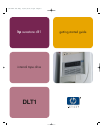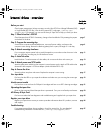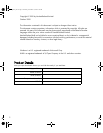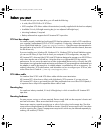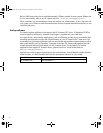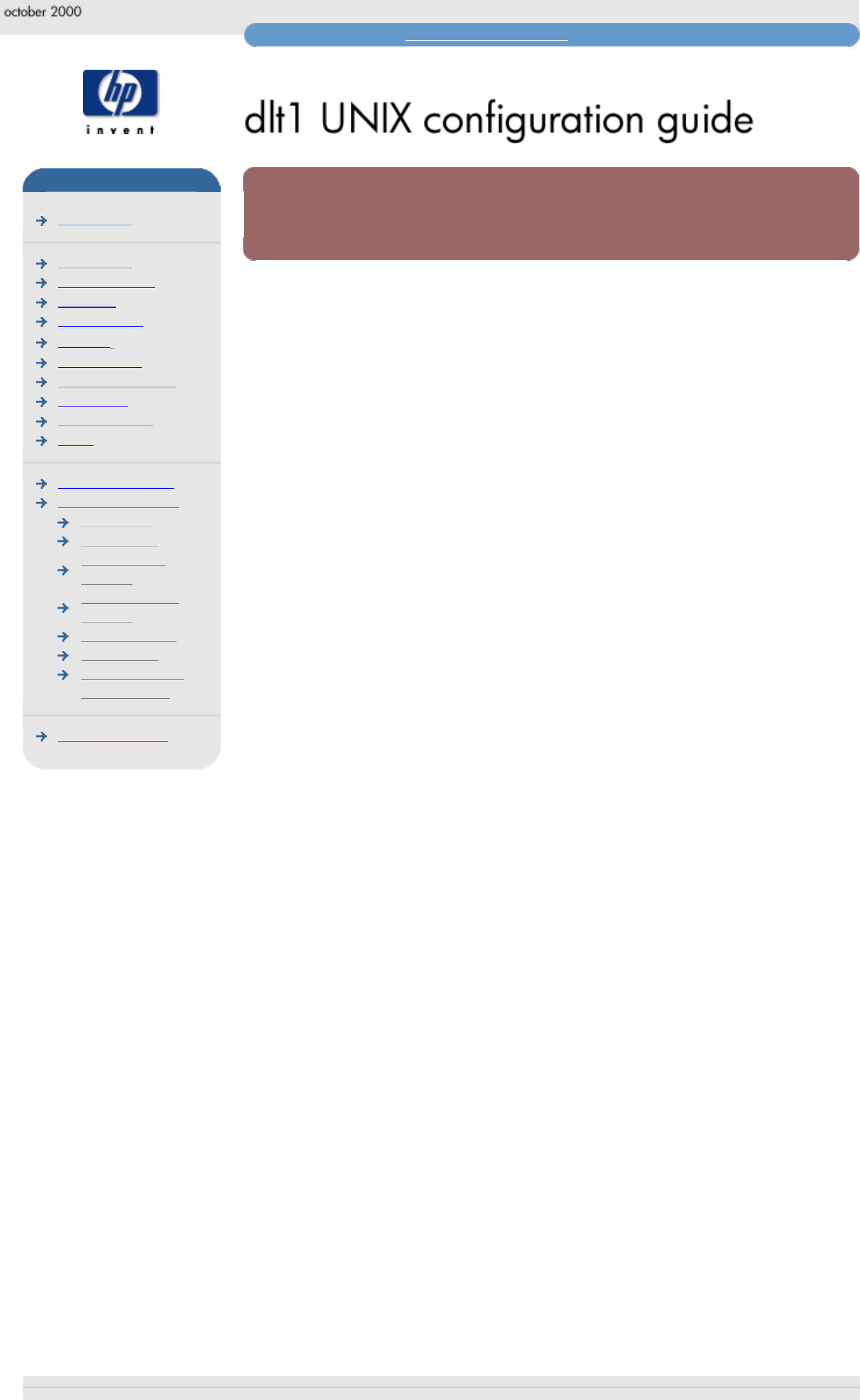
UNIX glossary
hp learning products
http://www.hp.com/support/tape may have a later version
data protection
contact hp
home page
before you start
operation
cartridge care
cleaning
specifications
media compatibility
diagnostics
troubleshooting
FAQs
SCSI configuration
UNIX configuration
hp systems
dec systems
ibm RS/6000
systems
pc based UNIX
systems
silicon graphics
sun systems
verify installation
UNIX glossary
ordering supplies
glossary
This topic is available in English only.
AT&T mode
Berkeley and AT&T functional modes differ in "read only" close functionality. In
AT&T mode, a device close operation will cause the tape to be repositioned just
after next tape filemark (the start of the next file).
Berkeley mode
Berkeley and AT&T functional modes differ in "read only" close functionality. In
Berkeley mode the tape position will remain unchanged by a device close
operation.
Compression
A procedure in which data is transformed by the removal of redundant information
to reduce the number of bits required to represent the data. This is done by
substituting short codewords for strings of bytes.
Filemark
A mark written by the host to the tape, which can be searched for, often using the
drive's fast-search capability. It does not necessarily separate files. It is up to the
host to assign a meaning to the mark.
Immediate mode
A mode of responding to SCSI commands where the drive or other peripheral does
not wait until the command has finished before returning status information back to
the host. When writing filemarks, Immediate mode can significantly improve the
performance of systems which do not set the Immediate bit when sending a SCSI
WRITE FILEMARKS command. On the other hand, data is not flushed to tape in
response to a filemark command.
Infinite flush
By default, the buffer in the drive is flushed every 5 seconds. Infinite flush avoids
frequent starting and stopping of the mechanism when using a very slow
application. It also avoids losing capacity through the flushing of partly written
groups. On the other hand, infinite flush means that data can remain in the buffer
for very long periods of time, and could be lost in the event of a power failure.
LUN
Logical Unit Number. A unique number by which a device is identified on the SCSI
bus. A tape drive has a fixed LUN of 0. In an autoloader, the changer mechanism is
LUN1.
© 2000, Hewlett-Packard Company
file:///C|/Documents%20and%20Settings/topher.COL-SPRINGS/Desktop/manual/document/dlt1/user/reseller/eng/c_gloss.htm [12/3/2001 7:50:58 AM]














